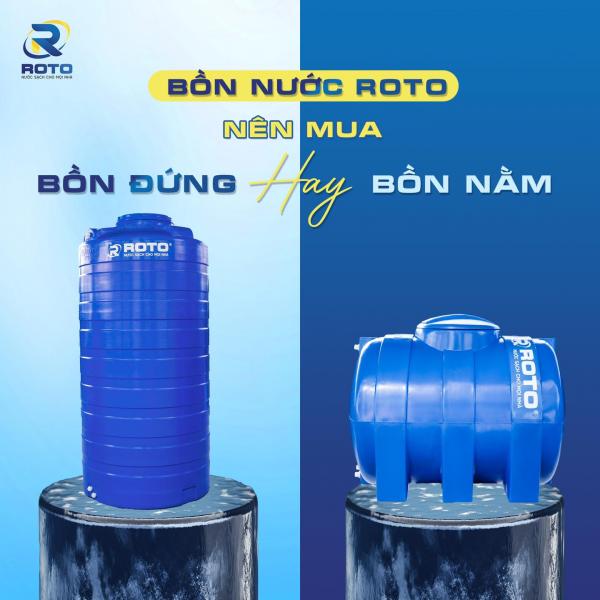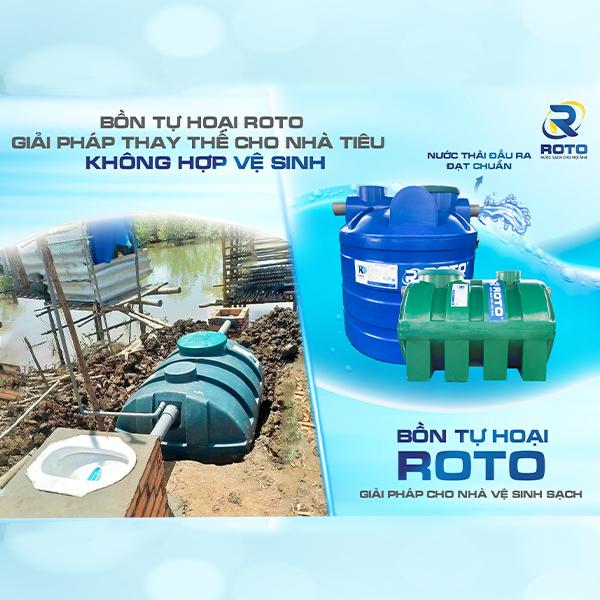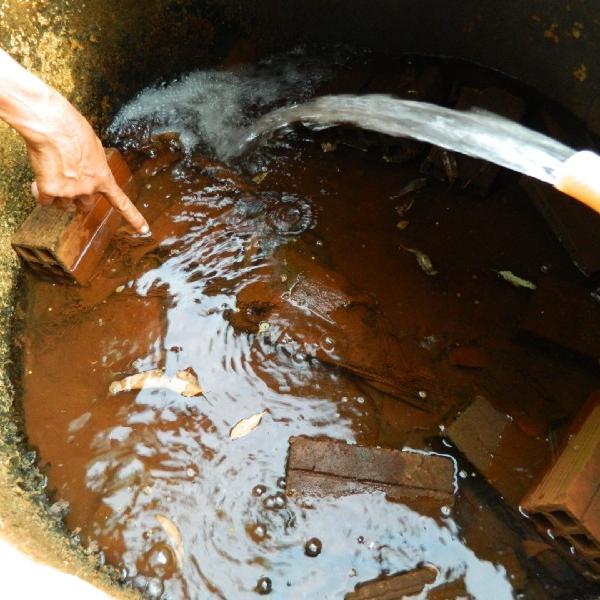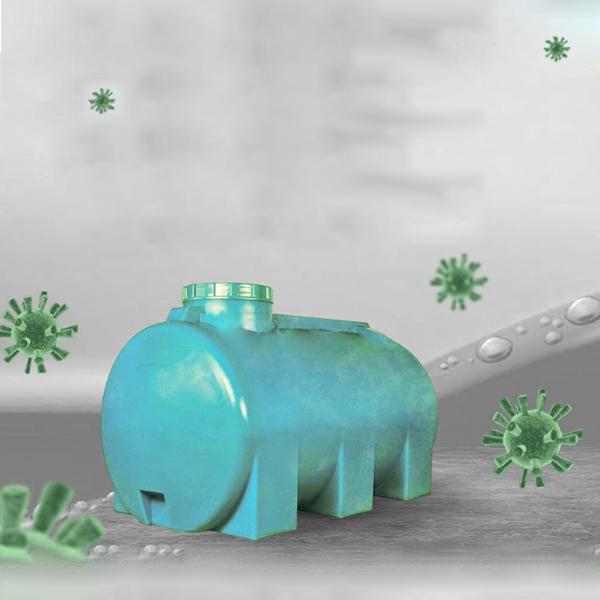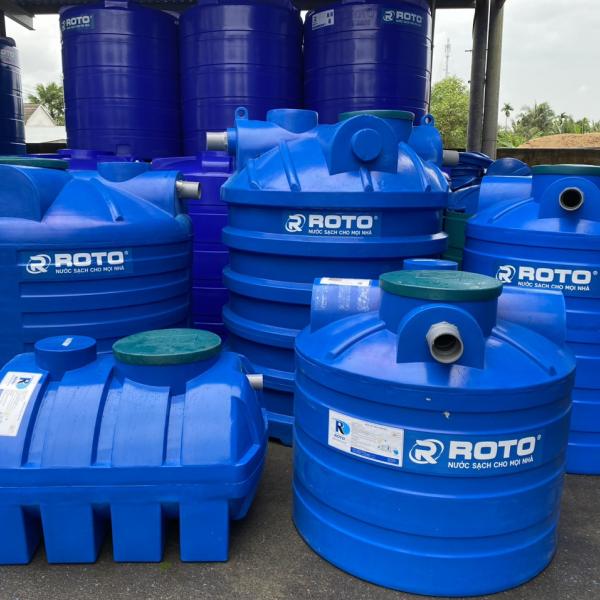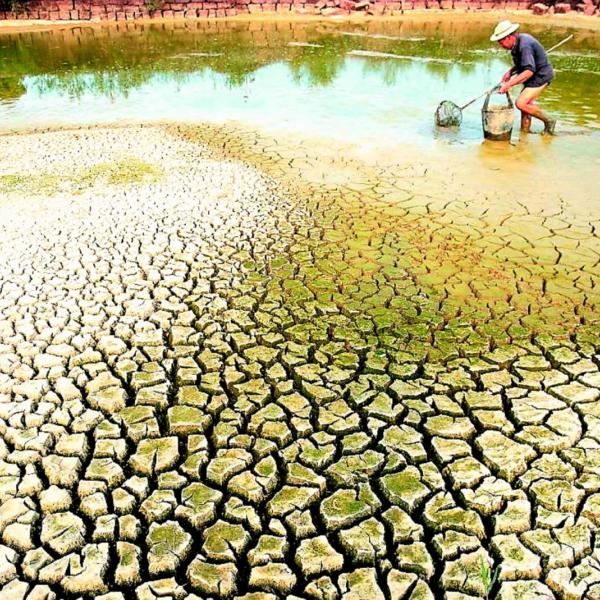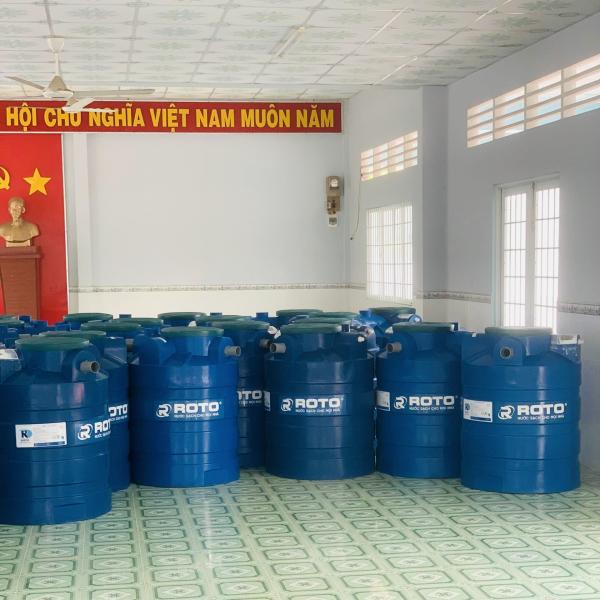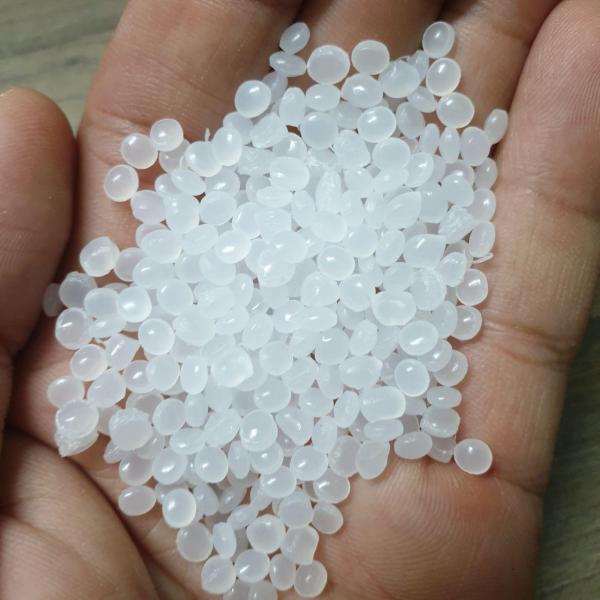1. What is HDPE?
HDPE (short for High Density Polyethylene) is a thermoplastic polyethylene made from petroleum. As one of the most popular, flexible plastic materials used in manufacturing today. Known for its outstanding tensile strength and high strength-to-density ratio, HDPE plastic is resistant to impact and high melting temperatures, commonly used in the manufacture of plastic bottles, corrosion-resistant pipes, corrugated plastic and plastic pallets.
.jpg)
2. What are the characteristics of HDPE?
HDPE sheets are popular for a variety of reasons, and depending on your business individual needs, youll often get several different ideas about their benefits. The most notable benefits of HDPE include:
a. Easy to smelt and cast
One of the main benefits of this plastic material comes from its malleability, which is easily molded and transformed into any shape or design.
With its high melting point, once it reaches its melting point, this HDPE material can be quickly and efficiently molded for use in a variety of unique applications ranging from cutting boards, detergent bottles, baby bottles, Food containers to pipes, plastic pallets and more.
b. Light-weight
The density of HDPE can range from 0.93 to 0.97g/cm3 and the strength-to-density ratio is large. The linear structure of HDPE has less branching, which results in stronger intermolecular forces and higher tensile strength than even LDPE.
c. Corrosion resistance
HDPE is resistant to mold, insects and rot but is also long-lasting and weather-resistant, can be sterilized by boiling, making it the ideal material for food and beverage containers. In addition, HDPE can withstand most strong mineral acids and bases and has good resistance to natural chemicals. Furthermore, the material is virtually impervious to most common chemicals, water, solvents, acids, detergents and can withstand some of the harshest weather.
d. Long life
Because HDPE is so resistant to impact, chemicals and weather, HDPE can outlast traditional materials and continue their life after recycling.
e. Sustainability
HDPE is easily recyclable, which helps keep non-biodegradable waste from landfills, and helps reduce plastic production by up to 50%. Thats why many recycled plastic products like recycled plastic pallets and industrial waste bins contain HDPE. If you are looking for a cost effective, environmentally responsible material, HDPE might be the plastic for you.
.jpg)
3. Advantages and disadvantages of HDPE
a. Advantages
HDPE has many benefits, which is why it has been used to manufacture many products over the years.
- Safe to use and long-term reliability.
- Flexible, mold making with diverse designs.
- Light weight, easy to transport.
- High impact resistance, good scratch resistance.
- Resistant to electrification, toxic chemicals, anti-corrosion.
- Environmentally friendly, recyclable.
b. Defect:
Despite its popularity, HDPE is a polymer that has several limitations that may prevent manufacturers and consumers from using it.
- Poor UV resistance.
- High thermal expansion.
- Has lower stiffness than Polypropylene.
- Difficult to connect by solder joints.
- Can crack, plastic bond broken due to sudden temperature change.
4. Applications of HDPE
The excellent combination of properties makes HDPE the ideal material in a wide range of industrial applications. Some of the major applications of high-density polyethylene include:
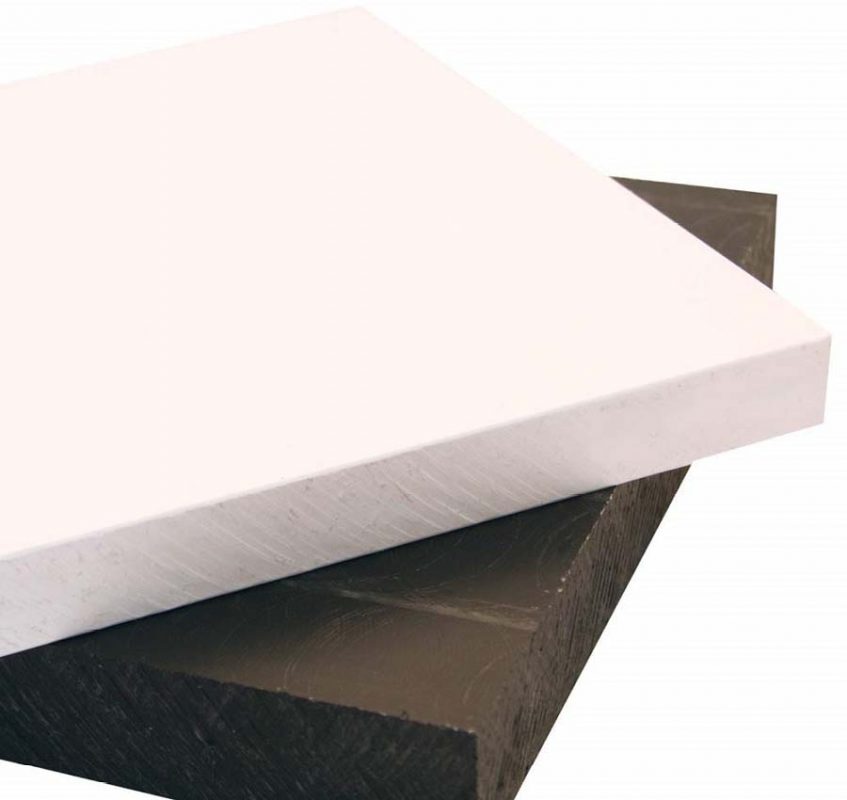
a. Packaging Application
High density polyethylene is used in a number of packaging applications including crates, trays, plastic pallets, milk and juice bottles, food packaging caps, drums, industrial containers, etc.
b. Consumer goods
Low cost and easy handling make HDPE the material of choice in a number of household and consumer goods such as trash cans, detergent dispensers, household appliances, ice bins, toys, etc. ...
c. Yarn and weave
Due to its high tensile strength, HDPE is widely used in rope systems, fishing and sports nets, agricultural nets, industrial and decorative fabrics, etc.
Other uses of HDPE include piping systems and fittings: drainage pipes, automotive fuel tanks, wiring & cables - energy panels, telecommunications cables, etc.
5. HDPE plastic recycling
Is HDPE recyclable?
Yes of course. In fact, HDPE is one of the easiest plastics to recycle and is accepted at recycling facilities globally. Recycling contributes to reducing resource consumption and pollution. By recycling HDPE plastic waste, you are helping to create new, reusable, environmentally friendly products and preventing tons of waste from going to landfills.
To know if the product is HDPE, just look at the number 2 symbol around it, a chasing arrow. That is the HDPE plastic identification code printed on the bottom of plastic product boxes and lids.
Once at the recycling plant, the HDPE is chopped and melted into small pellets. These resins can then be used to create new HDPE products.
HDPE recycling process
The HDPE Recycling process begins with collection. One challenge for HDPE storage is that it is often contaminated, so clean and dirty HDPE needs to be kept separate, as they are recycled differently and have different market values. Contaminated HDPE undergoes a rigorous cleaning process before being recycled, to ensure that the quality of the processed material is at a high level.
For processing HDPE, the most common technique is injection molding which is commonly used for batch and continuous production.
- Melting temperature: 200-300°C
- Mold temperature: 10-80°C
- Dry or not if stored properly.
- High mold temperatures will improve the brightness and appearance of the part.
- Mold shrinkage ranges from 1.5 to 3%, depending on the processing conditions, the rheology of the polymer, and the thickness of the final piece.
Article source: Collected.

